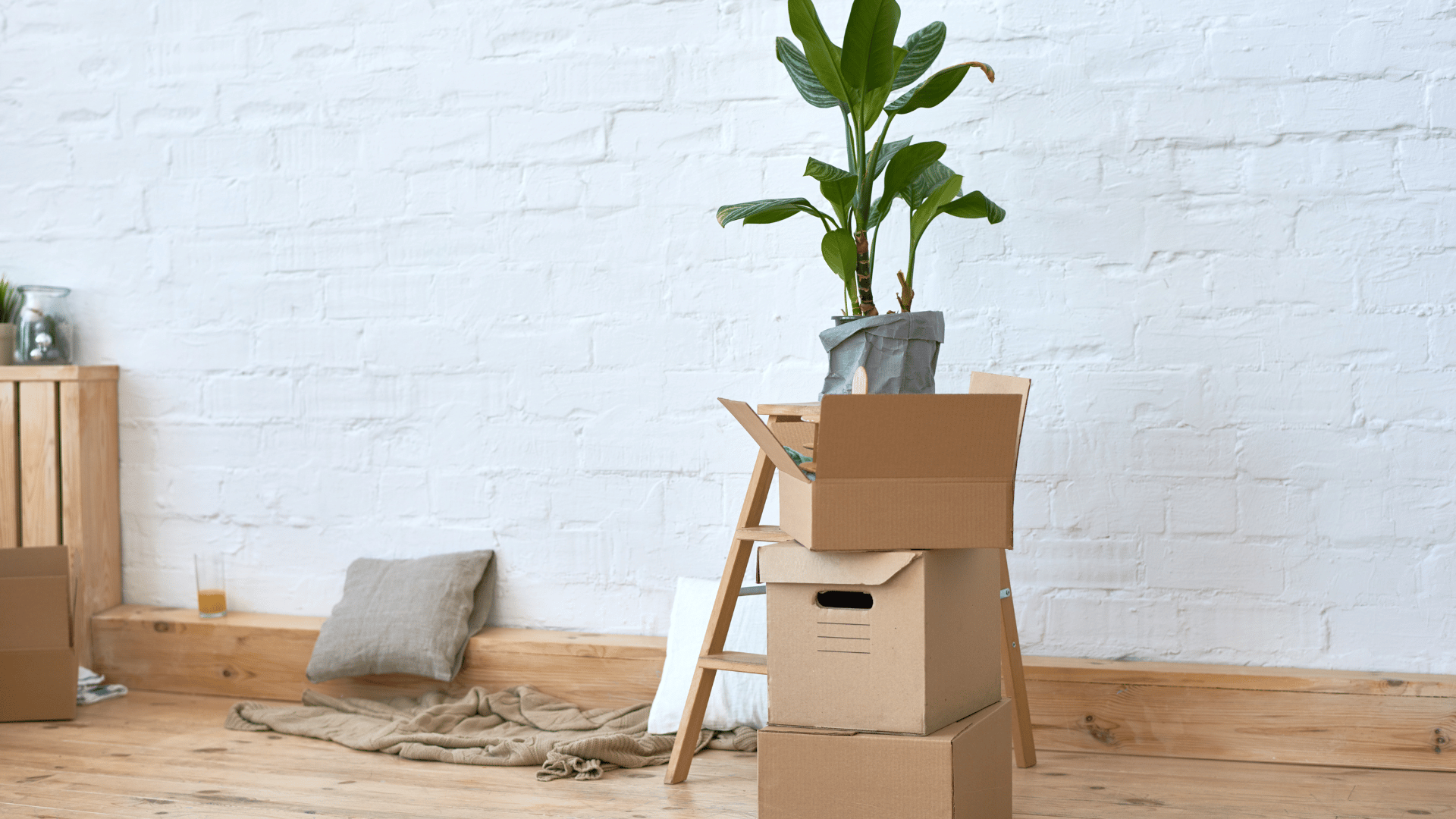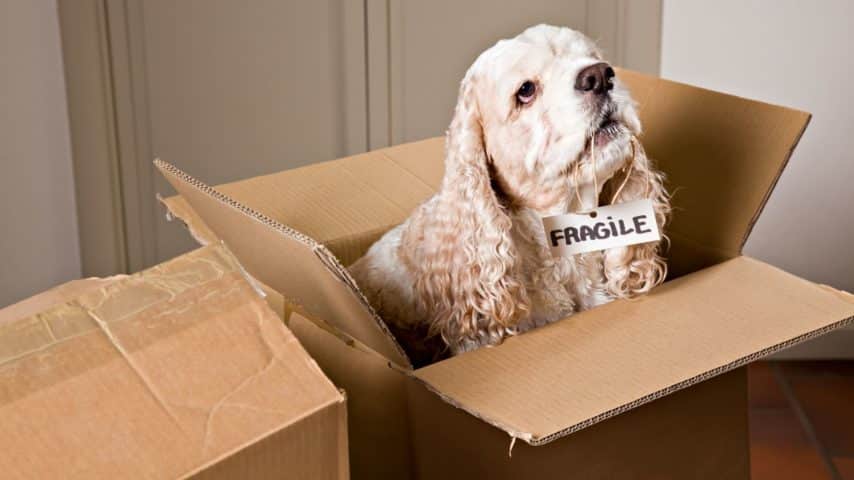
As an established moving company in Wales since 1905, Masons Moving Group (previously known as Masons Removals) knows firsthand the stress of a house move on every member of the family – from your partner, kids, pets, and, of course, you! But there’s also a silent member that feels just as overwhelmed during this transition period as everyone else – we’re talking about your beautiful and much-loved house and garden plants!
Moving house means your plants have to adapt to a new environment with different temperature levels, humidity, and light. It’s not an easy change for these leafy life forms and can cause them immense stress to adjust.
To make this new chapter easier for them and you, this is your guide to moving plants when moving house from the company with over 115 years in the removals industry.
How to move plants: Before moving day
If you’re enlisting the help of a removal company, it’s best to let them know in advance if you need them to transport your plants to the new location. Since they are delicate and need to be handled with specialised care, some companies don’t offer this service. That’s why it’s best to confirm this beforehand – so you can make alternate transport arrangements.
Keep it bug-free
Before transporting your plants, thoroughly check they are free from a whole host of pests, like spider mites, white flies, and fungus gnats. Since they will be grouped in a tight space while in transit, it’s essential to eliminate the possibility of infecting them all. Here’s a helpful guide on how to get rid of houseplant bugs.
Tone down hydration
Although watering your plants regularly is an essential part of their survival, you need to put a pause on the hydration in the lead up to the big moving day. Don’t water them within three days of the move to make them less heavy and eliminate any leaks. This makes your plants easier to carry and prevents the possibility of soggy soil creating a massive mess.
Get pruning
If you have bigger plants with long stems, consider pruning them into a compact shape so that they are easier to manoeuvre, take up less space in the moving vehicle, and there’s less risk of stem breakages. Pruning involves snipping, cutting, chopping or trimming, and stimulates healthy growth while keeping your plants neat and tidy.
How to move plants: On moving day
Buckle up
If you follow the above tips, your plants will be ready for the big adventure to your new home. To ensure they are safe and well-secured during the trip, these are the essential materials you will need on moving day:
- Plastic nursery pot
- Cardboard moving boxes
- Foam pellets or packing paper
- Bubble wrap
- Horticultural fleece
Once you have these items, these following steps will get your plants to your new home in one piece.
Step 1: Remove your plants from the decorative pots and transfer them to plastic nursery pots. These are lighter to carry, and keep your more valuable pots in good condition as you can wrap and pack them separately.
Step 2: The best way to pack plants for moving is to place them in individual cardboard boxes secured with crumpled packing paper or foam pellets. The goal is to keep them from moving around while in transit, but make sure you don’t overfill the boxes, as this can squash them. Large plants that won’t fit in boxes can be wrapped in horticultural fleece or bubble wrap. These make for the perfect padding without weighing down the plant.
Step 3: If you’re moving home in winter, carefully wrap your plants in horticultural fleece. Temperatures below 5 degrees can cause damage to your much-loved greenery, so don’t forget to minimise exposure to the frosty elements.
Check out our sister company, Masons Self Storage, for high-quality packing supplies.
How to move plants: Checklist after your move
Your plants are not out of the woods just as yet. Follow this checklist to ensure they remain healthy and happy in your new home.
- Quickly unpack your plants as soon as you arrive at the new place.
- Put them together in a calm area with a medium level of light (find the optimum space free of direct sunlight and too much shade).
- Spritz your plants with a mister and only water them within 3 days after the move.
- Let them acclimatise by avoiding feeding, pruning, and repotting at least a few weeks after the move.
If you’re moving home and searching for the best way to move plants, you’ve found the most trusted and reliable name in the business. With a legacy that spans over 115 years – Masons Removals have mastered how to move plants to a new house. We’re one of the most trusted removal companies in South Wales and we will help you relocate anywhere in the world – whether it’s down the road or across oceans!
To find out more or get your personalised removal quote, call our friendly team on 0800 141 3688 or drop us an email: [email protected] for your free quote.
















